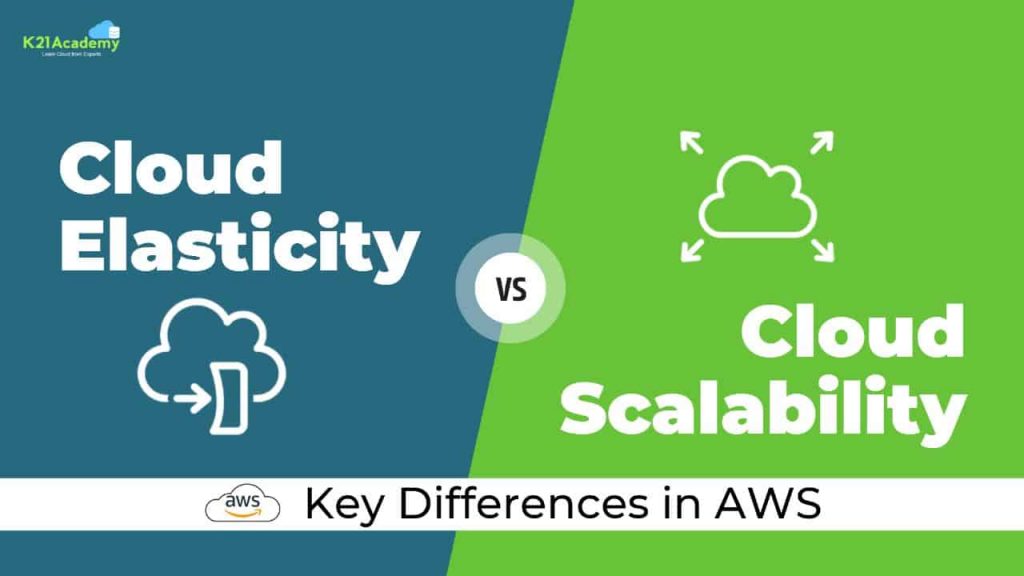
Cloud Elasticity vs. Cloud Scalability: Key Differences in AWS
✅ Cloud Elasticity is the ability of a cloud to increase or decrease the capacity for CPU, memory, and storage resources in response to changing organization demands.
☘ Cloud Elasticity can be automatic, eliminating the need for capacity planning ahead of time, or it can be a manual procedure in which the organization is warned when resources are running low.
✅ Cloud scalability in cloud computing signifies the ability to scale up or scale down IT resources in response to changing demand.
☘ Scalability has been an of the cloud’s distinguishing features and the key driver of its growing appeal among enterprises.
☘ Features of Elasticity in Cloud
Cloud elasticity enables both high reliability and fault tolerance, because virtual machines or containers can be duplicated if they appear to be malfunctioning, assisting in the continuity of business services and the avoidance of downtime for users.
The ability to autonomously alter cloud resources as needed, as with most automation, allows IT employees to redirect their focus away from provisioning and towards projects that are more valuable to the organization.
📚 Read the Blog: https://k21academy.com/awssa103
🎖 For a FREE Live Class on AWS Solution Architect certification, Register here: https://k21academy.com/awssa02
Get your seat booked & join us live!
About the Author Atul Kumar
Oracle ACE, Author, Speaker and Founder of K21 Technologies & K21 Academy : Specialising in Design, Implement, and Trainings.

